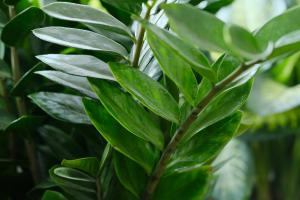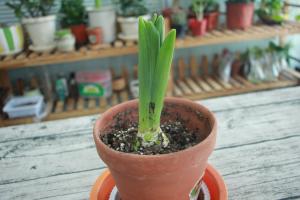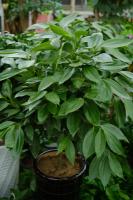Are LED Light Bulbs Good for Plants?
The world of indoor gardening has been revolutionized by the growing popularity of LED lights for plant growth. As more and more people turn to LED lights for their indoor gardening needs, questions arise about their effectiveness when it comes to supporting plants. So, are LED light bulbs good for plants? The answer is yes, and this article will explain why.
The Benefits of LED Grow Lights
LED grow lights are quickly becoming the go-to choice for indoor gardening enthusiasts. They are highly efficient, require less energy to operate, and emit very little heat. Additionally, LED lights can be customized to emit energy at specific wavelengths, which is important because plants require different spectra of light to grow effectively.
In comparison to traditional light sources, such as fluorescent or high-pressure sodium bulbs, LED grow lights are superior in almost every way. They are more cost-effective, last longer, and produce a higher yield of plants per watt of energy consumed.
Plant Growth and LED Lights
Research has shown that plants grow better when exposed to specific wavelengths of light. In the past, indoor gardeners relied on natural sunlight to provide plants with the light they need to grow. However, this was not always possible in areas that do not receive abundant sunlight, and even when natural sunlight was available, it was difficult to control the spectrum of the light plants received.
LED grow lights, on the other hand, can be customized to emit specific wavelengths of light that are ideal for plant growth. This means that indoor gardeners can provide their plants with the exact amount and type of light they need to thrive. Additionally, because LED grow lights produce very little heat, they can be positioned much closer to the plants without harming them.
Plant Types and LED Lights
Different types of plants require different spectra of light to grow optimally. For example, leafy greens like spinach and lettuce require more blue light, while flowering plants need more red light. This is where LED grow lights are especially useful, as they can be adjusted to emit the specific wavelengths of light that different plants need.
Additionally, LED grow lights can be programmed to simulate different seasons and times of day, which is important for replicating natural growing conditions. This results in healthier, more productive plants that are able to thrive indoors.
Conclusion
In conclusion, LED grow lights are highly effective at supporting plant growth and are becoming increasingly popular among indoor gardening enthusiasts. Their efficiency, low heat emission, and customizable spectra of light make them an ideal choice for plants of all kinds. Whether you are growing leafy greens, flowering plants, or herbs, LED grow lights can help you achieve the best possible results.

 how many times do yo...
how many times do yo... how many planted tre...
how many planted tre... how many pine trees ...
how many pine trees ... how many pecan trees...
how many pecan trees... how many plants comp...
how many plants comp... how many plants can ...
how many plants can ... how many plants and ...
how many plants and ... how many pepper plan...
how many pepper plan...






























